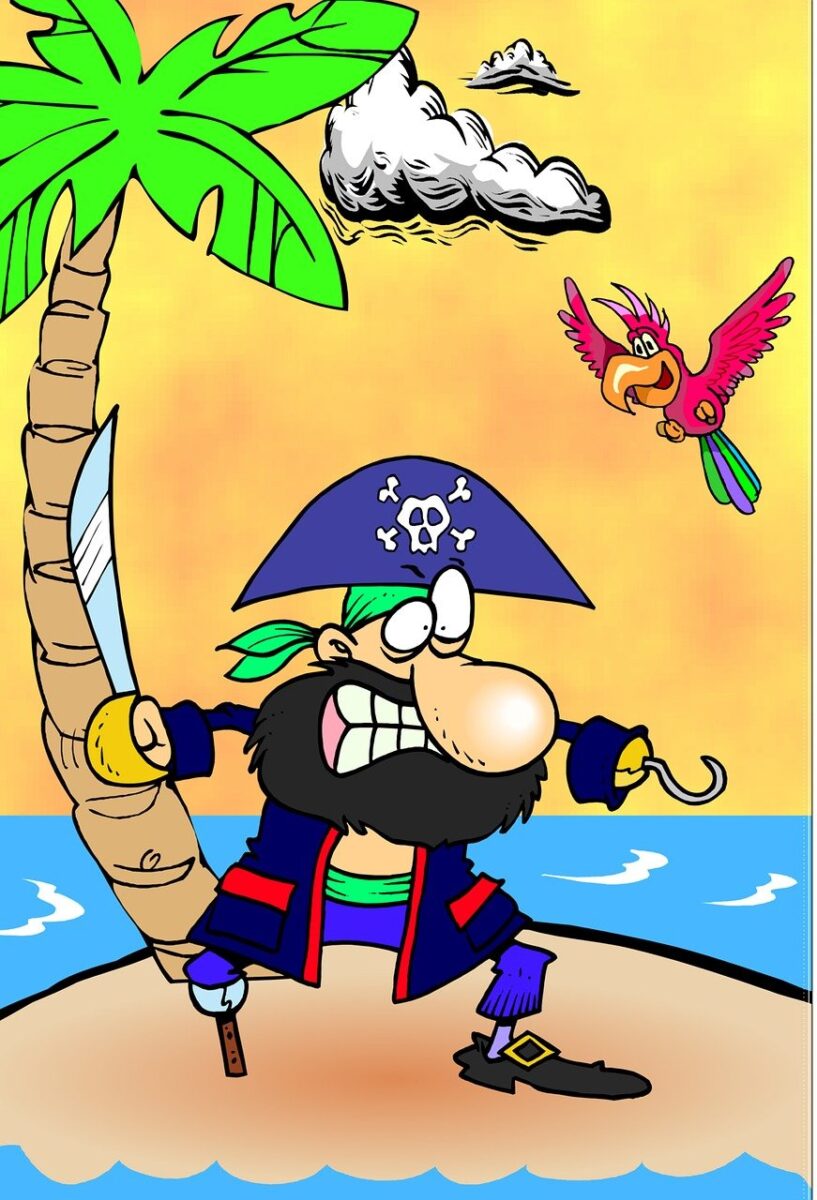The premise of your story becomes “high concept” when you employ a “conflagration of opposites” methodology. This means that an immediately unlikely situation occurs in the story. For example: What if a man decides to dress up as a nanny in order to get to see his children after a divorce decree prevents him from having custody? What if there were a lawyer who suddenly could not tell a lie?
First, state your main character; next comes the inciting incident that catapults your main character into action and conflict; and then, state what the main character needs to do to solve his problem.
This “conflagration of opposites” can also be called a hook, which is the idea that sells the story. It isn’t the story itself, because the hook doesn’t tell you what happens next – instead, it sets up the question “How could this possibly happen?” You can transcend what has been done before by adding an epic element. i.e. Man’s struggle against nature; the human race will be destroyed; a societal breakdown of the family structure will occur.
The Premise Line also includes the genre of your story; the opponents, ie. the killers, the warlords, the dystopian marshalls, etc.; and the stakes. ie. The bomb is set to detonate in two hours. The train will derail in an hour. The ship is doomed to sink in two hours.
Once you have your high-concept premise, it should be no longer than 30 words. This would be like sending a text message. You can use this 30 words as your elevator speech; your pitch; your focus when you are writing your story. If you find yourself getting off-course, refer back to the high-concept premise to remind yourself exactly what your story is about.

